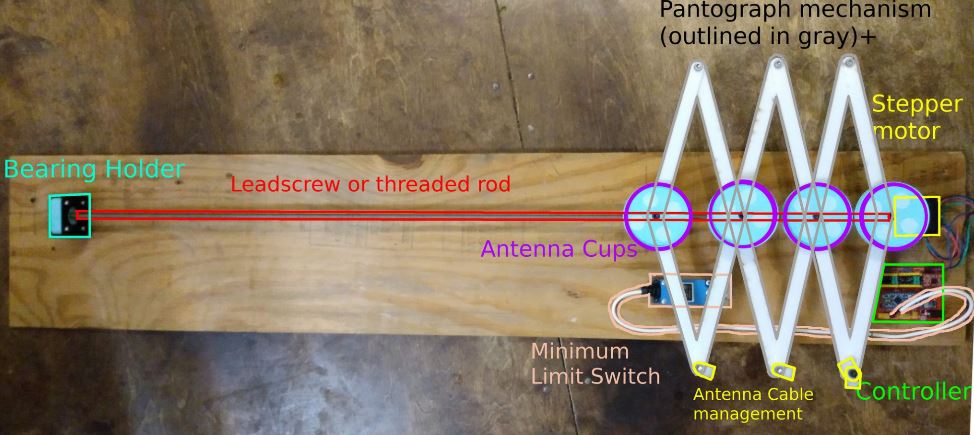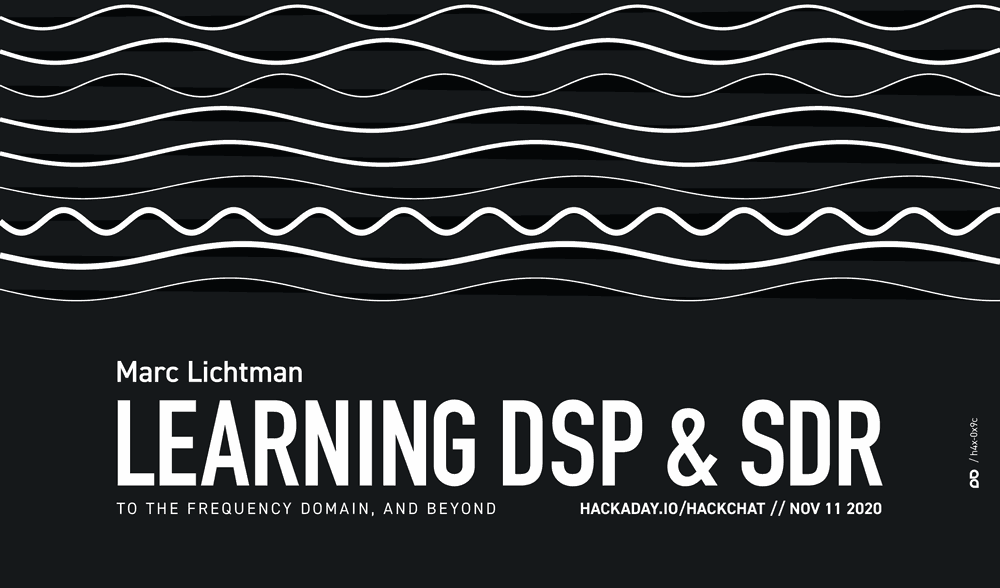DF Aggregator: New Software for Networked Radio Direction Finding with KerberosSDR
Over on GitHub Corey (ckoval7) has released a new open source radio direction program called "DF Aggregator". This software is able to receive bearings and locations from multiple remotely networked KerberosSDRs, and display them on a map.
If you weren't already aware KerberosSDR is our 4-channel phase coherent capable RTL-SDR unit that we previously crowdfunded back in 2018. With a 4-channel phase coherent RTL-SDR interesting applications like radio direction finding (RDF), passive radar and beam forming become possible. It can also be used as four separate RTL-SDRs for multichannel monitoring.
A single KerberosSDR combined with an antenna array is able to determine a bearing towards a signal source. By using multiple KerberosSDR units spread over a large area it is possible to triangulate the location of a transmitter and display it on a map. Corey's software uses a modified branch of our open source KerberosSDR code in order to generate a modified XML page that the mapping software polls for updated data. Some instructions on it's use are available on our forums and on the GitHub.
The image below shows three KerberosSDR stations on the map, and two transmitter locations that have been triangulated using the bearings from the three distributed KerberosSDR units.
Alternative direction finding mapping software includes our Android App (mostly for mobile vehicular use), and RDF Mapper with our adapter code.




